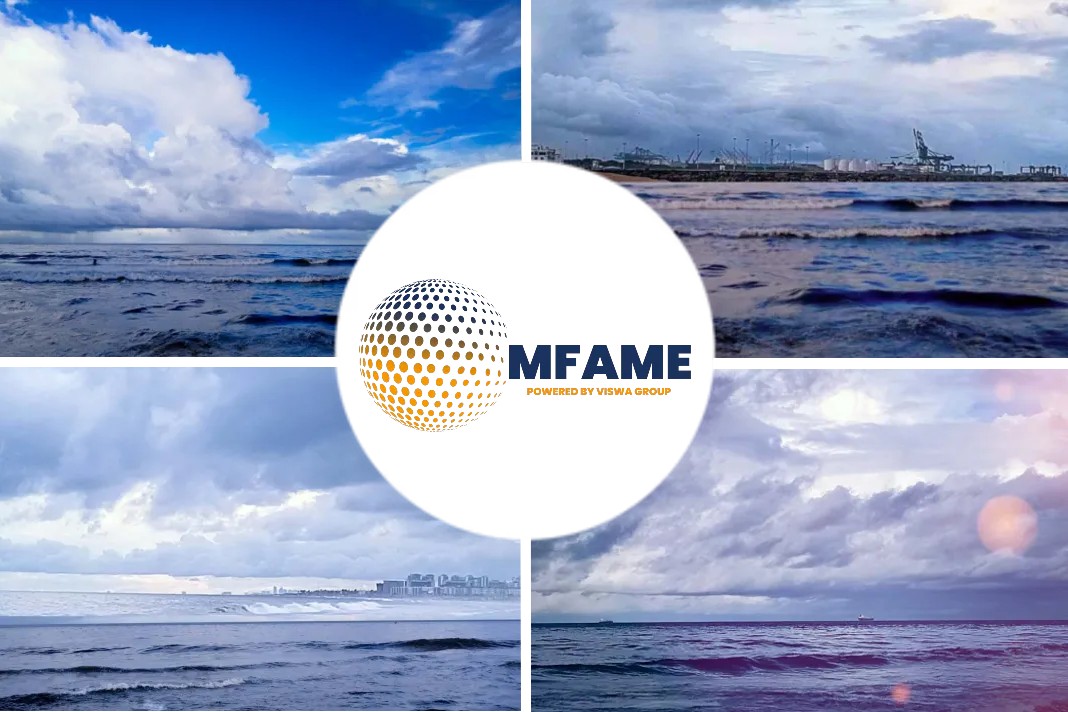Terminal congestion at the Port of Yantian has led to a raft of congestion surcharges, as both FAK and premiums continued their upward trek, reports Platts.
Amid growing ship queues, port omissions, and stranded boxes on the Yantian Port portside, carriers have levied Port Congestion Surcharges (PCS) on cargoes moving through the South China port.
Premium Bookings
At the same time, many ocean liners increased the cost of premium bookings during the week to June 18. “New premium levels came out through the roof,” one maritime consultant said. “Carriers are trying to push everyone to the spot premium market.”
During the week ended June 18, S&P Global Platts heard premium service fees at $9,000/forty-foot equivalent unit to $10,000/FEU for north Asian cargo bound for the US Pacific Coast.
Trans-Pacific cargo headed to the US Atlantic Coast was significantly higher than those routed to the USWC, coming in at over $15,000/FEU on all premium bookings, although sources said moving rates are closer to $18,000 to $20,000/FEU.
Swiss carrier MSC’s ‘Diamond’ premium service was at the higher end of the market, sources said, and increased by $3,000 on June 15.
“Premium rates are getting to what FAK rates were in March and April,” said one North American shipper. “You can pay them but doesn’t guarantee anything, will maybe get you more attention from carriers, but beyond that it’s a gamble.”
Premiums have been heard on the more temperate US export market, where shippers eager for a box are willing to pay above market rates for priority loading and equipment.
“Premiums are playing around on export side as well,” said one US-based freight forwarder. “I’ve heard shippers paying premiums to get priority loading.”
Southeast Asian premiums stable
For Southeast Asia to North America, premium rates remained stable at $15,000/FEU for East Coast and $12,000-$13,000/FEU for West Coast. Even though equipment availability keeps deteriorating amid the Yantian congestion, the reluctance from exporters to place orders at such high rates capped prices from rising further, sources said.
“Many small-scale exporters are holding back their orders as in some cases, such as raw-materials, the freight is equal to the total cost of commodity,” a source with an international freight-forwarding company said.
Even after paying the premium, many smaller shipments are stuck at port for months as there are premiums within premiums, the source said. “The premium doesn’t only apply to a confirmed booking or secure space anymore … there are different categories … if you want a sailing without having to pass through the transshipment port, there is a premium for that.”
However, the retail sector participants are still on a buying spree and are placing huge orders to replenish their inventories, a logistics provider based in Hong Kong said.
On the back-haul, rates were heard as high as $4,000 for US to Malaysia and Singapore.
“While this is way above the prevalent rate of around $1,100-$1,400/FEU, it is not impossible as many carriers are rejecting export bookings [from the US], so similar to imports, ocean carriers may be requiring a premium to have a guaranteed, no-roll booking,” according to a US-based freight forwarder.
Asia-Europe market opt for FAK hikes
Premium rates still appear the exception to the rule in the Asia to Europe container freight market, with carriers opting instead to increase prices on the Freight All Kind (FAK) basis, rather than premium services.
Container rates from Asia to Europe posted fresh all-time highs June 15 in response to the ongoing bottleneck at the Yantian Port in China, which is causing delays across the entire Asian region of exporting hubs.
Platts Container Rate 1 — North Asia-to-North Continent — posted a rise of $5,000/FEU on the week at $17,000/FEU, a new all-time high and up from $1,375/FEU a year ago — a more than 12-fold increase.
Operations at Shenzhen’s Yantian terminal have been severely curtailed since the last week of May after multiple coronavirus infections among port workers, causing the container logistics situation to deteriorate at all ports in the South China region as exporters sought out alternative gateways.
“It’s going to take months before this situation rectifies itself,” a freight forwarder said.
Did you subscribe to our daily newsletter?
It’s Free! Click here to Subscribe!
Source: S&P Global

















